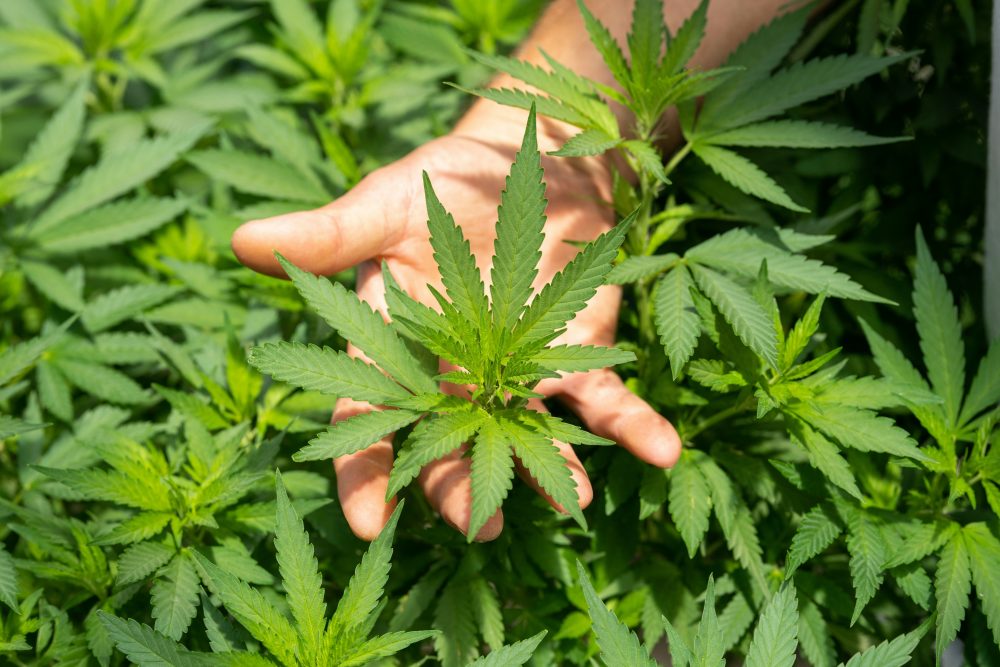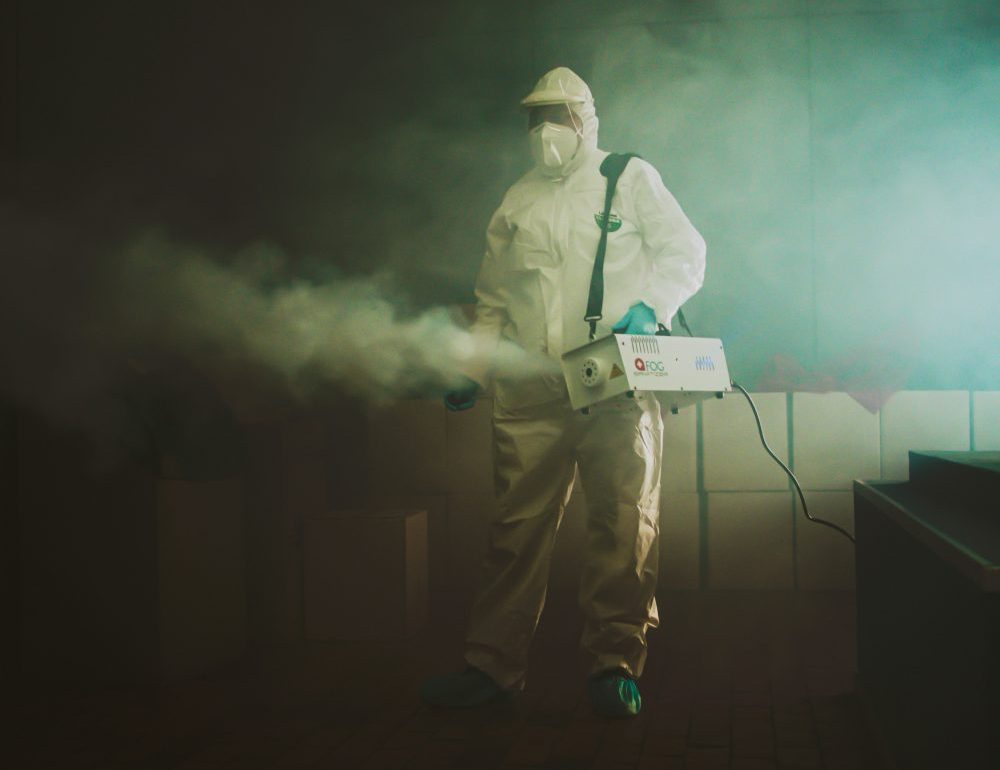The word is out: not all cannabis is clean. Behind the designer bags, flashy branding, and Instagram fire, is a growing concern that’s been quietly bubbling beneath the surface of the legal cannabis industry — pesticides in weed.
And in 2025, with stricter regulations, lawsuits, and recalls happening across states like California, Michigan, Massachusetts, New Jersey, and New York, it’s no longer a conversation we can avoid.
If you’re a budtender, store buyer, or cannabis consumer who actually cares about what goes into your lungs, understanding how pesticides affect cannabis and what brands are really clean is more important than ever.
What Are Pesticides in Cannabis?
Pesticides are chemical agents used to kill bugs, mold, or other threats during cultivation. Sounds normal, right? Until you remember: this is weed you’re lighting on fire and inhaling.
Unlike food, where your liver filters chemicals, cannabis smoke goes straight into your bloodstream through your lungs. That means even trace amounts of banned or unregulated pesticides can be harmful over time — especially in immunocompromised patients or daily users.
Here are 50 dangerous pesticides that are either commonly found in cannabis, banned or highly restricted, or pose serious health risks when inhaled, ingested, or absorbed through the skin.
🚫 Extremely Dangerous Pesticides (Banned or Highly Toxic)
- Myclobutanil – Converts to cyanide gas when combusted
- Chlorpyrifos – Neurotoxin; banned in food crops in the U.S.
- Dichlorvos (DDVP) – Probable carcinogen and cholinesterase inhibitor
- Paclobutrazol – Harmful PGR; produces toxic residue when burned
- Daminozide (Alar) – Banned on food; carcinogenic
- Carbaryl – Linked to cancer and neurotoxicity
- DDT – Banned worldwide; highly persistent and carcinogenic
- Endosulfan – Banned globally; endocrine disruptor
- Lindane – Banned due to neurotoxicity and bioaccumulation
- Methamidophos – Extremely toxic organophosphate; banned
- Paraquat – Causes severe lung damage; fatal if inhaled
- Dieldrin – Legacy pesticide; carcinogenic and persistent
- Heptachlor – Linked to liver damage and cancer
- 2,4,5-T – Banned herbicide, part of Agent Orange
- Toxaphene – Banned insecticide; probable carcinogen
- Chlordane – Persistent organic pollutant, banned
- Mirex – Carcinogen; bioaccumulative
- Azinphos-methyl – Banned OP pesticide; high human toxicity
- Methoxychlor – Estrogenic disruptor; banned in U.S.
- Isodrin – Banned due to toxicity and persistence
☠️ Highly Toxic (Restricted Use / Inhalation Risk)
- Abamectin – Neurotoxic in high doses; inhalation hazard
- Spiromesifen – Suspected carcinogen
- Acephate – Turns into methamidophos inside the body
- Cyfluthrin – Causes nerve damage in high exposure
- Bifenazate – Toxic to fish, inhalation hazard
- Iprodione – Carcinogenic; toxic in animal studies
- Permethrin – Neurotoxin, especially for children
- Pyrethrins – Can trigger asthma, especially when heated
- Fenpyroximate – Acute oral and inhalation toxicity
- Hexythiazox – Endocrine disruptor potential
- Clofentezine – Not allowed in cannabis; reproductive toxicity
- Fenhexamid – Irritant; not fully assessed for inhalation
- Triflumizole – Liver toxicity and endocrine disruption
- Tebuconazole – Reproductive toxicity in animals
- Propiconazole – Disrupts hormone function
- Triadimefon – CNS effects; potential carcinogen
- Trifloxystrobin – Suspected developmental toxin
- Metalaxyl-M (Mefenoxam) – Eye and skin irritant; toxic to aquatic life
- Boscalid – Inhalation hazard; long environmental half-life
- Captan – Probable human carcinogen
- Simazine – Carcinogenic in animal studies
- Atrazine – Disrupts endocrine system; banned in EU
- Glyphosate – “Probable human carcinogen” per WHO
- Uniconazole – Not tested for cannabis safety; potential PGR toxicity
- Chlormequat chloride – Harmful to embryos; banned in cannabis
- Fipronil – Causes seizures in mammals; banned in many crops
- Spinosad – Considered “natural,” but toxic when combusted
- Pyridaben – Very toxic to aquatic life and possibly to humans
- Etoxazole – Potential reproductive/developmental toxin
- Azoxystrobin – Liver damage in animal models at high doses
Many of these have been flagged by testing labs, EPA toxicology data, or state regulators for their toxicity, carcinogenicity, neurotoxicity, or harmful combustion byproducts when smoked in cannabis.
🔥 Why These Are Especially Dangerous in Cannabis
- Combustion = new toxins: Many pesticides break down into carcinogenic or toxic gasses when smoked or vaporized.
- Lack of FDA regulation: Cannabis isn’t federally regulated like food, so banned agricultural pesticides can still show up in illicit or poorly tested legal products.
- Bioaccumulation: Cannabis is a hyperaccumulator, meaning it soaks up chemicals from soil, water, and air.
Why This Is a Big Deal in 2025
Let’s keep it real — most consumers don’t look at COAs. They don’t know what Myclobutanil, Eagle 20, or Abamectin even are.
They trust the dispensary.
They trust the brand.
And in some cases… they shouldn’t.
Here’s what’s happening this year:
- California labs are tightening up enforcement (finally).
- New Jersey and Massachusetts are cracking down on unclean flower.
- Michigan launched a new consumer safety program for products.
- Patients and customers are experiencing headaches, lung irritation, nausea, and worse — with no idea it’s from a tainted joint.
- Lawsuits are already being filed.
- Brands are being recalled.
What Budtenders & Buyers Should Be Asking Brands in 2025
If you’re on the front lines — behind the counter or at the buying desk — you’ve got a responsibility to protect your store, your customers, and your reputation.
Here’s what you should be asking every brand repping flower, vapes, or concentrates:
✅ “Can you show me a full-panel COA from a state-certified lab?”
✅ “How often do you test? Every batch or every strain?”
✅ “Do you test post-packaging for residuals or cross-contamination?”
✅ “Have you ever failed a pesticide screen in this state?”
✅ “What lab do you use, and do they have a history of inflated results?”
Bonus: Ask if they’ve ever been called out on Reddit — the streets talk.
Clean Weed = Smart Business
Here’s the play: buyers and budtenders who promote clean weed are building trust.
And trust = loyalty.
Loyalty = sales.
Dispensaries that double down on lab-tested, transparent products will:
- Avoid costly recalls
- Build stronger brand equity
- Get ahead of regulation changes
- Attract educated consumers who spend more
👉 If you’re a brand pushing clean flower or a lab that’s sick of shady science, hit us.
We’re building a “Clean Weed Series” and we want to highlight real ones.
The Future of Cannabis Is Clean (Or It’s Over)
In 2025, dirty weed ain’t just shady — it’s a liability. Budtenders, buyers, and brands who ignore pesticides are setting themselves up for health risks, lawsuits, and lost customers.
At Respect My Region, we believe cannabis should be safe, trusted, and clean — especially if you’re selling it as medicine or calling it “premium.”
If your brand’s passing full panels and educating the market, we’ll help tell that story.








